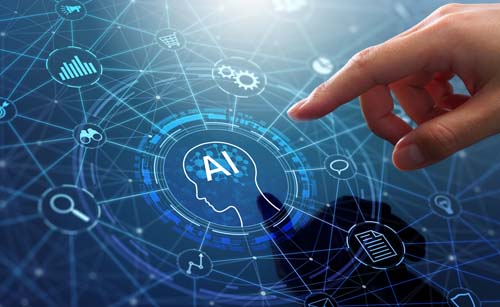For associations and membership-based organizations, member retention is not just a key metric—it’s the foundation of long-term sustainability. Losing members doesn’t just impact revenue; it weakens community engagement, dilutes your advocacy strength, and slows growth. Traditionally, retention efforts have relied on post-churn surveys or annual trend reports. But with the arrival of AI, that’s changing. Organizations now have the ability to predict churn before it happens—and more importantly, prevent it.
 Understanding Churn Before It Strikes
Understanding Churn Before It Strikes
Churn doesn’t happen overnight. Often, subtle signals appear months before a member walks away: fewer event logins, decreased engagement in forums, skipped renewals, or changes in email behavior. While humans can spot broad trends, AI thrives on granular patterns. Machine learning models can analyze hundreds of behavioral signals to identify which members are at risk—long before a person might consciously decide to leave.
The Power of Predictive Analytics
At its core, AI-powered retention strategies use predictive analytics. These systems combine historical data—such as membership duration, demographics, engagement scores, and payment history—with real-time behavior, like event attendance or content interaction. This allows associations to assign a churn risk score to each member and prioritize outreach accordingly.
 Personalized Retention Campaigns
Personalized Retention Campaigns
Once at-risk members are identified, AI can help craft personalized retention efforts. That might mean tailoring emails based on content preferences, offering exclusive perks, or prompting a personal call from a membership manager. These nudges are more effective when they reflect the member’s unique interests and journey—something AI can help automate at scale.
Beyond Emails: Smarter Engagement
AI isn’t just about email. Associations can use AI to personalize event invitations, recommend content on websites, suggest networking connections, or even automate SMS nudges timed to re-engage at-risk members. These micro-interactions build loyalty without requiring heavy manual work from your team.
Real-World Success Stories
Forward-looking associations are already seeing results. One national professional society used AI to analyze member drop-off in continuing education participation. By triggering targeted outreach to those users, they cut year-over-year churn by 18%. Another membership nonprofit integrated AI with its CRM and reported a 22% increase in retention among their younger members.
Ethical and Responsible Use
AI must be used responsibly. That means explaining how member data is used, protecting privacy, and avoiding bias in predictive models. Transparency not only builds trust—it ensures AI reinforces your mission rather than undermines it. Organizations should seek vendors or partners who understand both AI and the unique values of the nonprofit sector.
 Getting Started with AI Retention Tools
Getting Started with AI Retention Tools
You don’t need a data science team to begin. Many association CRMs and marketing platforms now offer built-in AI features or integrations with third-party churn prediction tools. The key is starting with clean data, identifying meaningful engagement metrics, and working with a partner who can help interpret the insights.
The Human + AI Advantage
AI doesn’t replace your membership team—it empowers them. When staff can see which members are at risk and why, they can focus on high-value conversations rather than guesswork. This hybrid model—humans making decisions, AI offering insight—is the future of member care.
Final Thoughts
In a competitive digital world, member loyalty is more fragile—and more valuable—than ever. By using AI to predict and prevent churn, associations can shift from reactive to proactive, from losing members to re-engaging them. The result? Stronger communities, healthier finances, and a future built on retention—not just recruitment.




